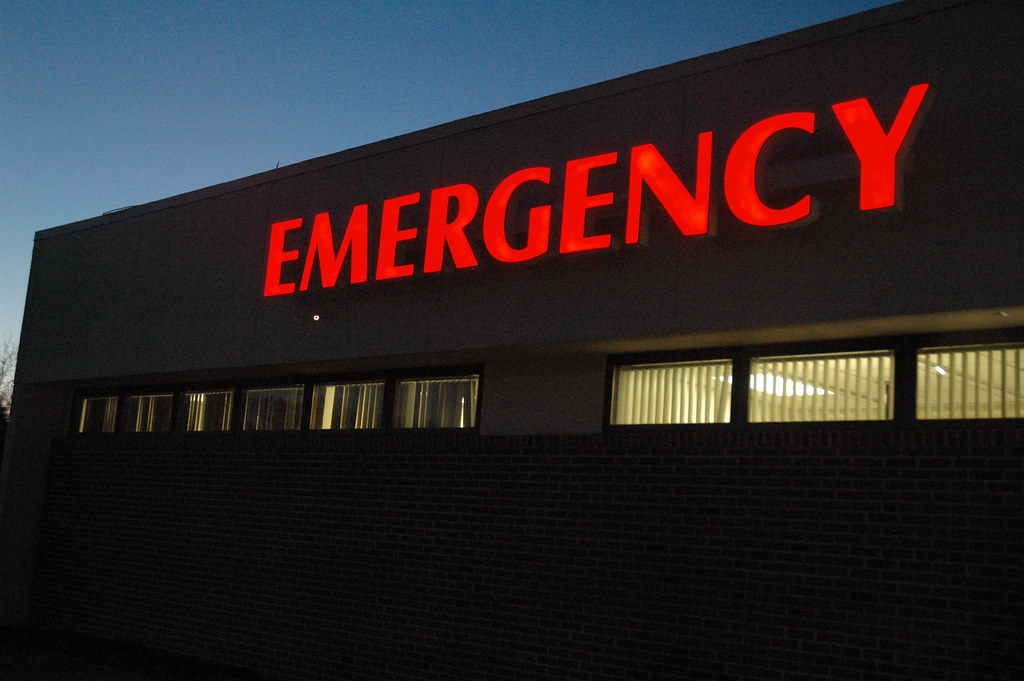Though a healthcare administrator’s job may be very similar at both nonprofit and for profit medical institutions, the actual operations of the two are different. Nonprofit hospitals are provided a number of federal, state and local tax breaks in exchange for offering a greater number of services to the community in which they are located. Typically, nonprofits focus more on trauma wards, home healthcare, emergency psychiatric services, and drug and alcohol addiction recovery programs, which tend to provide smaller profit margins than services requiring state-of-the-art equipment such as cardiac care. Location is a relevant factor in determining where nonprofits function best, as they are highly dependent on private insurance companies from whom the majority of their fees are recovered.
Tax Breaks Specific to Nonprofit Hospitals
Nonprofit hospitals are not required to pay income or property taxes at federal, state or local levels. In exchange, they are required to provide a written statement explaining how they will treat low-income patients who are unable to pay for services and must invest any profits they do make back into the community. However, the laws are vague, and many expenditures are included in the concept of “investing back into the community”; for example, nonprofit hospitals can use profits to improve their facilities or pay executive employees extremely high salaries.
Location Is Significant
Surprisingly, most nonprofit hospitals are located in areas with lower-than-average levels of poverty, where the majority of residents are covered by a private insurance policy. However, a growing trend exists in which a number of for-profit hospitals have purchased nonprofit facilities that have been financially struggling; as a result, more for-profits are now present in those locations where nonprofits still officially dominate the national healthcare market.
Nominal Differences in Uncompensated Services
Another surprising statistic regarding nonprofit hospitals is the nominal difference between the percentages of uncompensated care provided when compared to their for-profit cousins. According to Arbiternews, nonprofits utilize an average of only 4.7 percent of their operating costs directed toward uncompensated care, while for-profits spend 4.4 percent on similar services. Government-owned hospitals, on the other hand, spend on average 13 percent of their total costs on patients who cannot afford to pay.
Specialization in Areas With Smaller Profit Margins
Perhaps the area in which nonprofit hospitals demonstrate the greatest communal dedication is by providing services with relatively small profit margins, such as intensive trauma and burn care, emergency psychiatric services, home healthcare, and drug and alcohol addiction treatment programs. For-profit institutions generally prefer to invest in state-of-the-art technology that allows them to offer advanced cardiac care and diagnostic services. Nonprofit hospitals are highly dependent on insurance claims billed on behalf of those patients who utilize their services that return these small profit margins.
Why A Master’s Degree in Health Administration?
Whether interested in nonprofit or for profit hospital administration, individuals who demonstrate passion, leadership and dedication to better patient care are needed in healthcare. The first step toward working in hospital administration is to pursue an Executive Master’s Degree of Health Administration online, which exposes students to both cutting-edge ideas in modern healthcare administration and the fundamentals of leadership necessary to doing the job well.
Source
http://peopleof.oureverydaylife.com/profit-vs-non-profit-hospitals-9733.html


